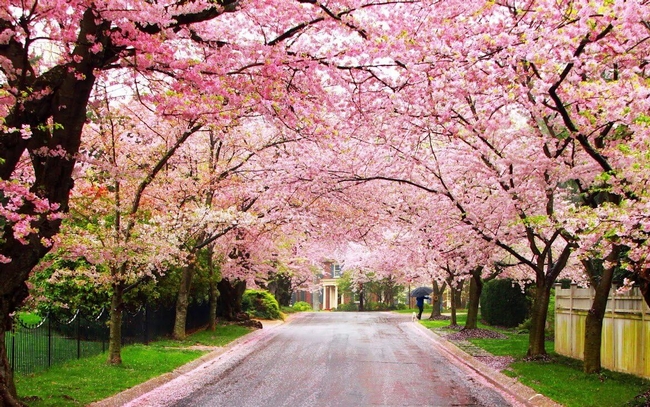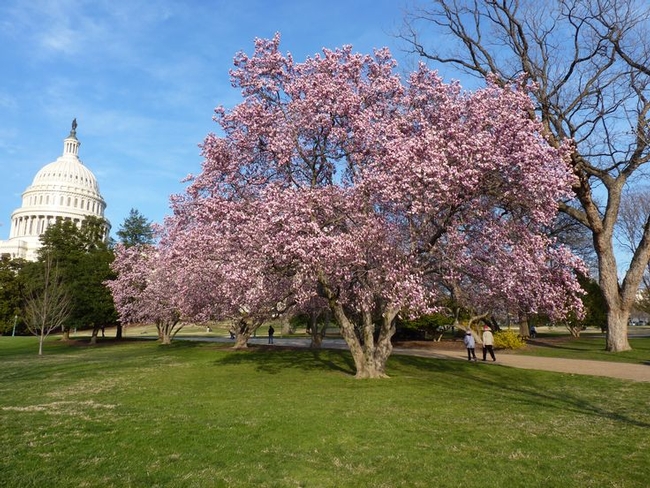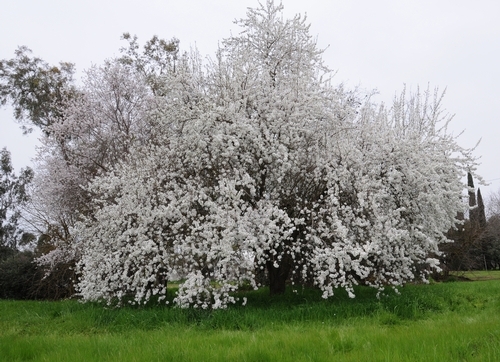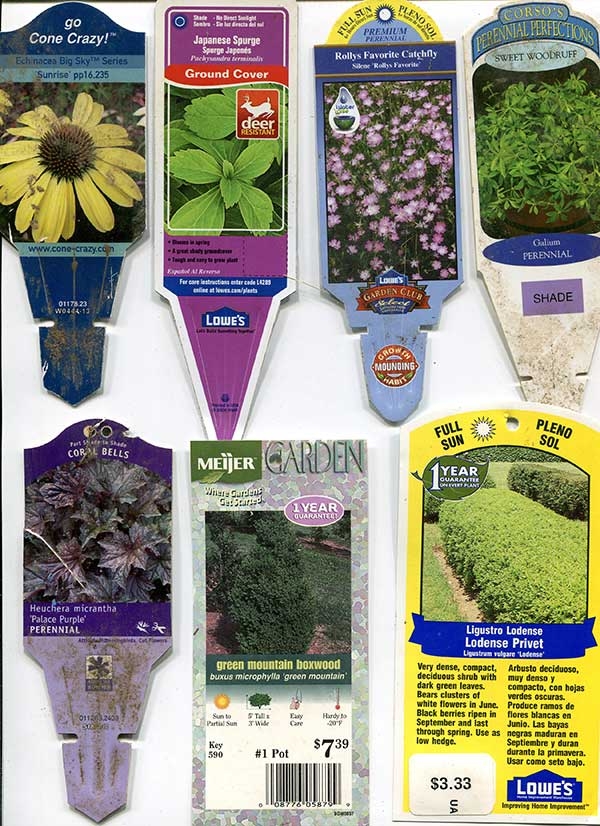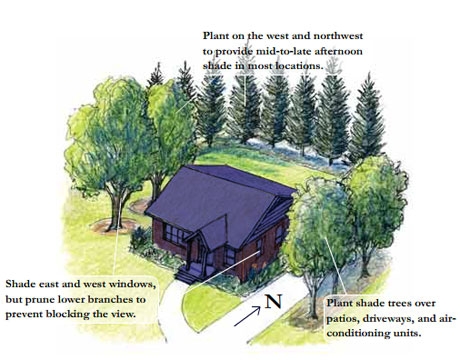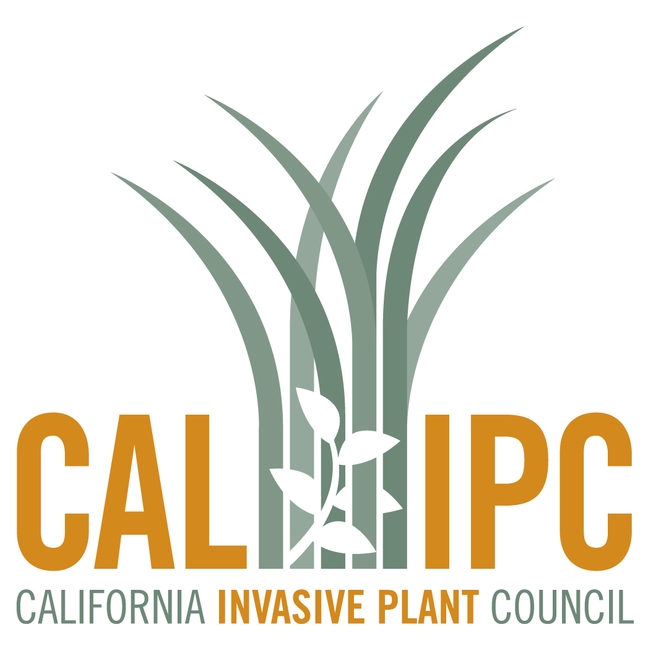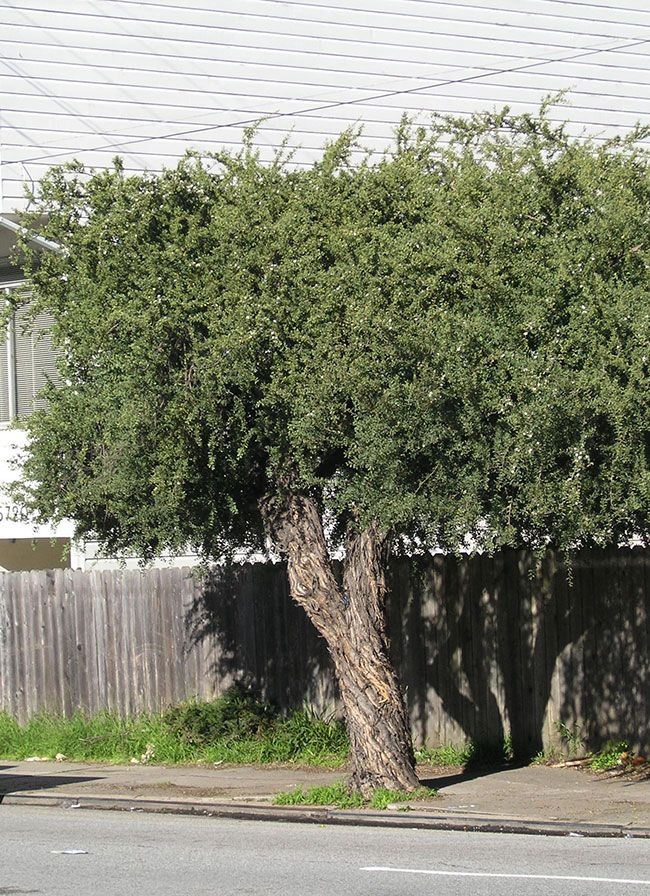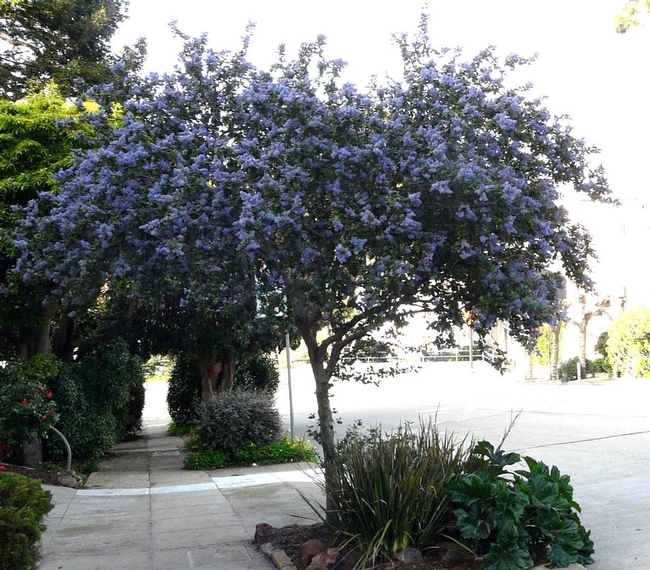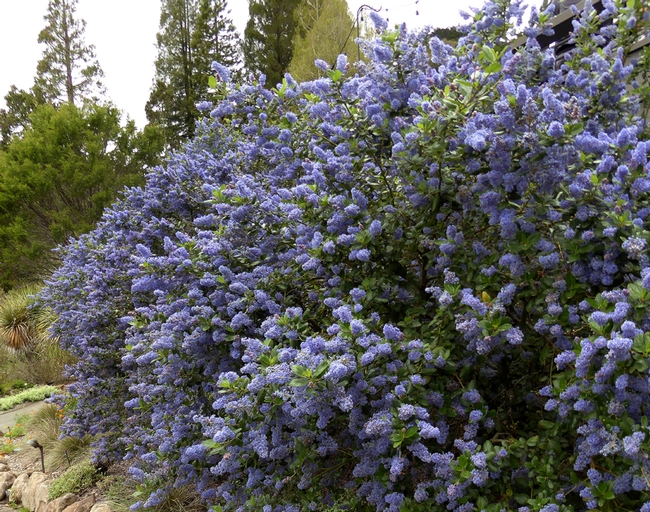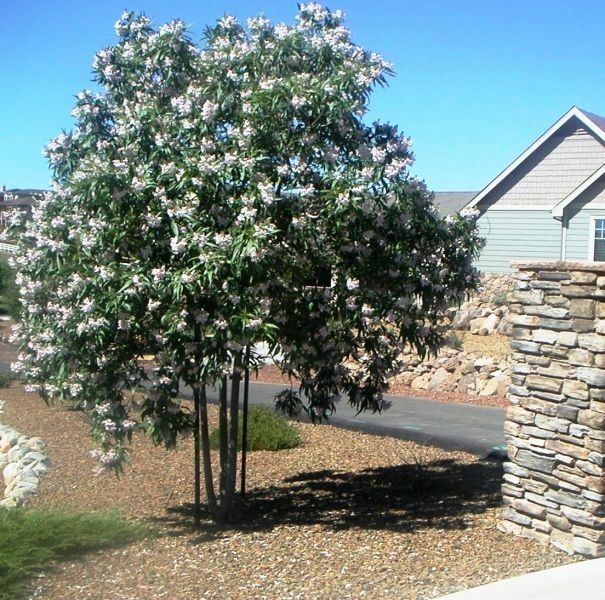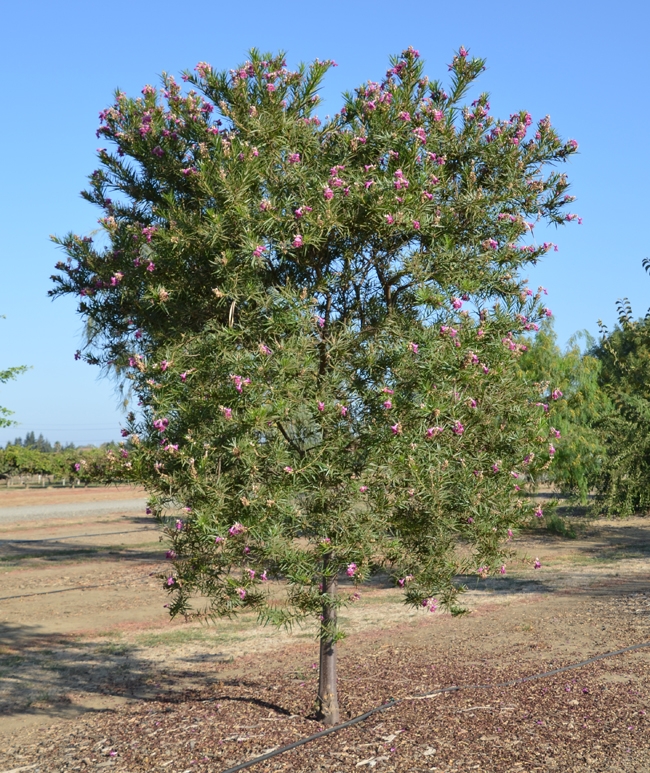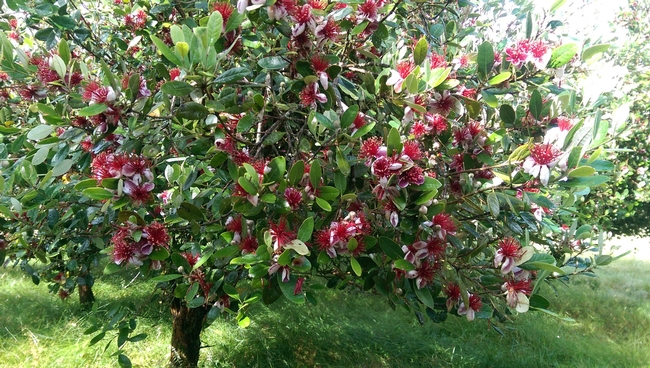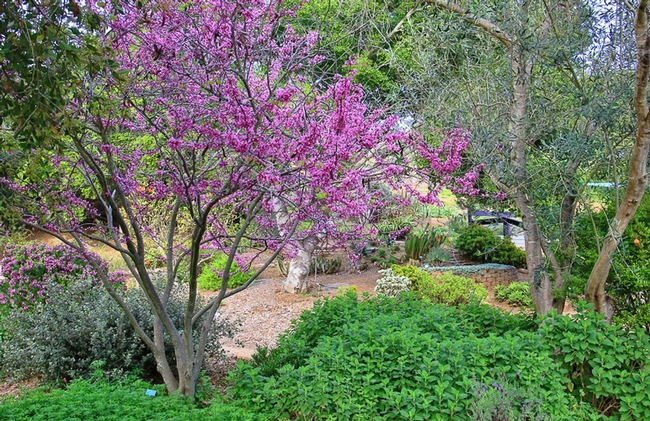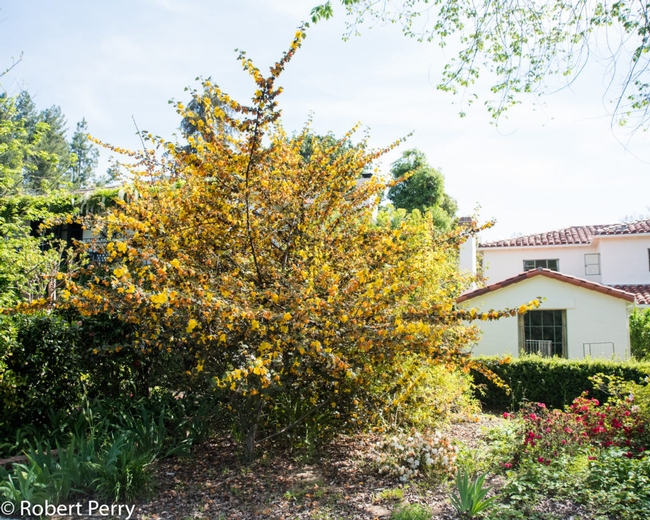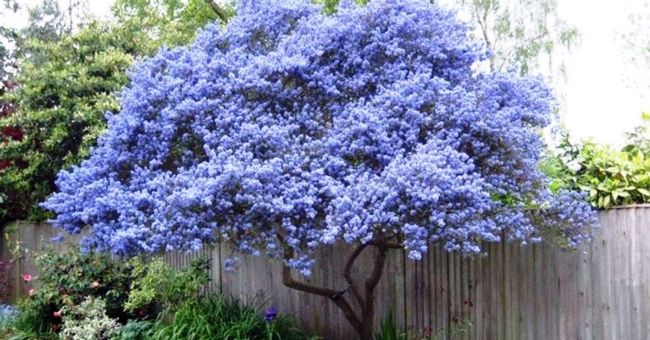By Dianne Weyna, UC Master Gardener of Napa County
There are many flowering trees in Napa's Fuller Park, and this spring would be a good time to see them in bloom. Fuller Park was acquired by the City of Napa in 1905, and in 1919 it was named after the mayor involved in its acquisition, C.H. Jack Fuller. The park is home to over 60 species of trees and is an example of an arboretum or “tree zoo,” having both native and non-native species.
UC Master Gardeners advocate planting native plants because natives are adapted to our conditions, but Fuller Park's tree collection is a resource to appreciate and learn from. If you'd like to learn more about these trees, join the UC Master Gardeners of Napa County on one of their Guided Tree Walks in Fuller Park, held monthly from April through October, on the second Tuesday of each month. Space is limited so please register online. The Napa County Master Gardener website also has information on doing a self-guided tour of Fuller Park's trees. You'll find other tree resources on the website, including Trees to Know in Napa Valley by UC Master Gardeners, available for purchase online or from the Napa County Master Gardener office at 1710 Soscol Avenue, Suite 4, in Napa.
Here's a preview of what you'll see on the walking tour, starting at the corner of Oak Street and Seminary Street. There you'll find the Eastern redbud (Cercis canadensis), a deciduous tree that sports pink flowers in spring and heart-shaped leaves in summer. By autumn, the redbud has seed pods along its branches. It's a great street tree as it doesn't grow too large and the roots are not obtrusive.
I have a redbud tree, and it is full of buzzing bees in the spring. My tree grows straight up, not bent like the one in Fuller Park. The native Western redbud (Cercis occidentalis) is similar to the Eastern redbud. Both can be grown as shrubs or trees and have low water requirements.
The tallest tree native to the eastern U.S., at 191 feet, is a tulip tree (Liriodendron tulipifera) in the Great Smoky Mountains National Park in North Carolina. The one at Fuller Park is much younger and smaller. The tree is in the magnolia family, but its flowers are high in the canopy and not as conspicuous or aromatic as magnolia flowers. The tulip-shaped flowers are light yellow with an orange center. They produce large amounts of nectar in the spring and many seeds in the fall. I have one of these trees in my yard and often pull up seedlings. The leaves turn yellow in the fall and are described as goosefoot shaped.
Near the Laurel Street side of the park is the red horse-chestnut (Aesculus x carnea) a cross between a horse-chestnut (A. hippocastanum) and a red buckeye (A. pavia). The seeds are poisonous but were eaten by Native Americans after boiling them to leach the toxins. Flowers are bright red and fragrant, attractive to bees and hummingbirds. The California buckeye (A. californica), a small deciduous tree that also produces flowers, is common in Napa Valley.
The chitalpa (Chitalpa tashkentensis) was hybridized in 1964 in Tashkent, the capital of Uzbekistan, and brought to the U.S. in 1977. This tree is a cross between two U.S. native flowering trees, the Southern catalpa (Catalpa bignonioides) from the southeastern U.S. and the Southwestern desert willow (Chilopsis linearis). Flowers are light colored and fragrant. It is drought tolerant and can take full sun, but the bark can get sun scald.
The jacaranda (Jacaranda mimosifolia) is native to Argentina and Bolivia and is in the same family as the chitalpa and trumpet vines. It produces aromatic blue-lavender flowers and is common in Southern California and warmer areas worldwide. It is moderately drought tolerant. Although it grows fast in the tropics and is considered invasive in some areas, it is a slower grower in our climate. Jacaranda makes a good shade tree.
Another Eastern U.S. native growing at Fuller Park is the Washington hawthorne (Crataegus phaenopyrum). This tree produces clusters of white booms in the spring that are replaced with red berries in the fall. I personally do not like the smell of the blossoms but bees love it, and many species of birds like the berries. The attractive leaves are triangular and toothed, turning red in the fall. I have a Washington hawthorne as a street tree, where it works well.
On the corner of Oak and Jefferson Streets, notice the Dolgo crabapple (Malus x Dolgo), a variety brought from Siberia in the late 1800s. The soft pink, fragrant buds produce white flowers that are self pollinating. Because the blooms last for weeks, it is considered a universal pollinator, helping to pollinate other apple trees. The fruit is large for a crabapple and can be used for jellies and sauces or eaten fresh.
As mentioned, many of the Fuller Park trees are native to other areas. Napa doesn't provide the ideal environment for their optimal growth. When you plant new trees or shrubs, please consider our native insects and birds. They are in peril and rely on native plants for food and shelter.
Gardening with the Masters: Napa County Master Gardeners and Ole Health are presenting a gardening class on Saturday, March 19, from 10 a.m. to 1 p.m. at Ole Health's Garden at 300 Hartle Court in Napa. Space is limited. Register at https://bit.ly/3sxOpg9.
Got Garden Questions? Contact our Help Desk. The team is working remotely so please submit your questions through our diagnosis form, sending any photos to mastergardeners@countyofnapa.org or leave a detailed message at 707- 253-4143. A Master Gardener will get back to you by phone or email.
For more information visit https://napamg.ucanr.edu or find us on Facebook or Instagram, UC Master Gardeners of Napa County.
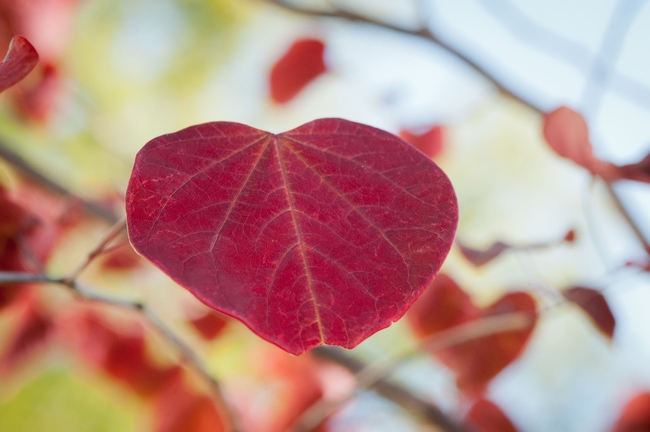
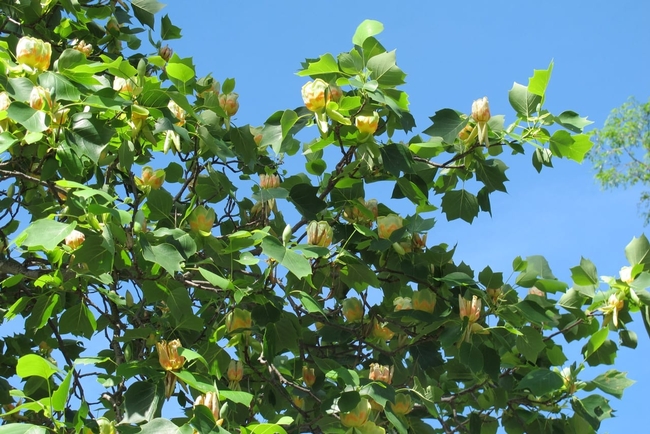
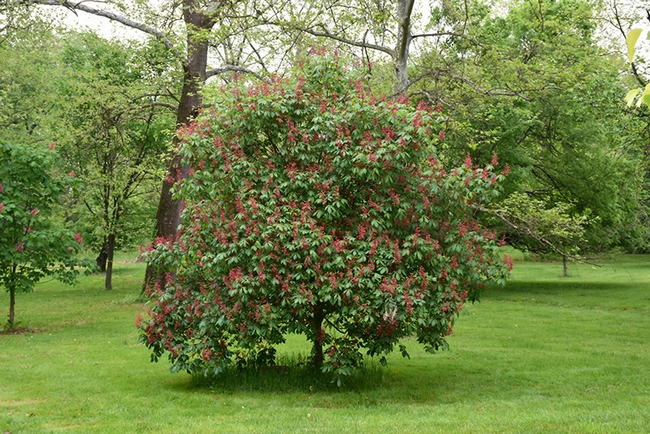
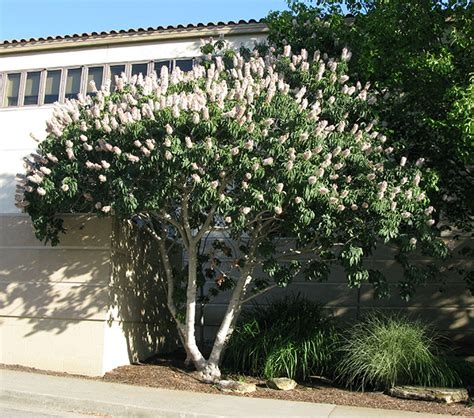
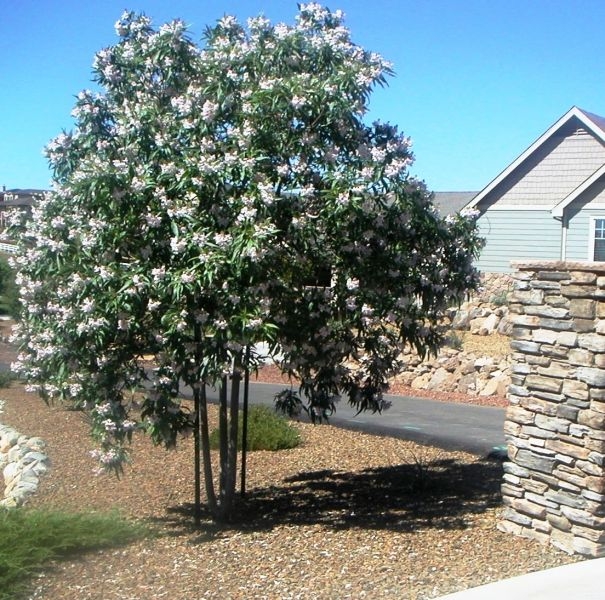
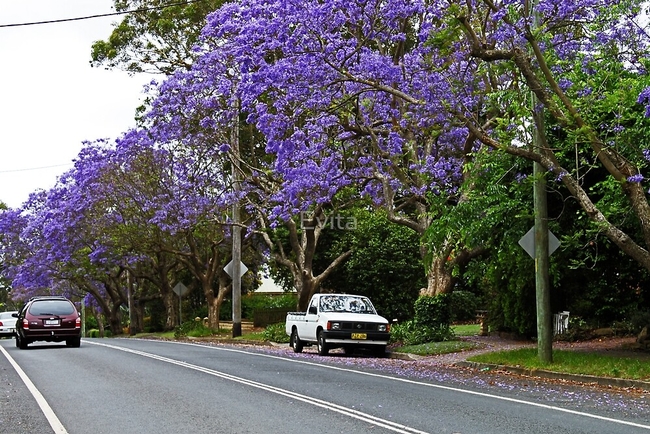
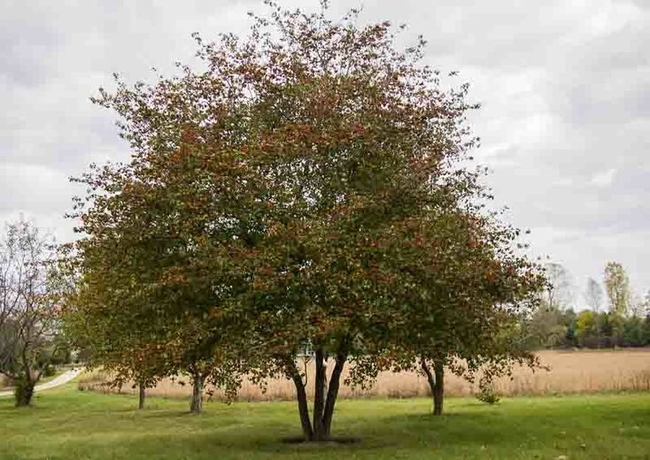
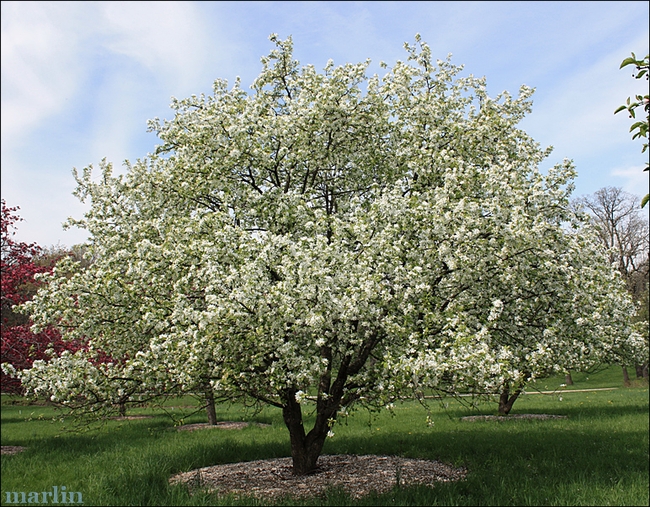
By Susanne von Rosenberg, UC Master Gardener of Napa County
One of the things that I like most about spring is the beauty of flowering trees. It's just stunning to see a magnolia or almond tree in full bloom. Flowering trees are really one of the easiest and most rewarding ways to beautify your yard, and you get the added benefit of shade in the summer.
You have two primary options for flowering trees. You can plant fruit or nut trees, or you can plant ornamental flowering trees. Fruit trees will require more care, because in addition to keeping the tree pruned properly, you also need to manage the fruit load and potentially address pests and diseases. For me, the extra effort is worth it.
The size of the tree should be in proportion to the size of your lot. For parcels smaller than a quarter-acre, choose trees that will be less than 25 feet high at maturity.
Plant trees away from the foundation of your home. Even smaller trees that will be less than 25 feet tall at maturity should be planted at least 10 feet away from the foundation.
Find out how wide the tree canopy will be at maturity and allow for a gap between the side of the house and the canopy. Plant smaller trees at least 25 feet from other small trees. Your tree needs at least 100 square feet free of hardscape.
Think about where the mature tree will cast shade. Be sensitive to how the tree might affect your neighbors' view and access to sunlight. Utilities are another consideration. We've all learned not to plant trees under power lines, but you also want to avoid areas close to sewer, septic or water lines and septic tanks and leach fields. Don't plant your tree over other underground utilities either. Electrical lines, gas lines and fiber-optic cables can all be affected by tree roots. Your tree might have to be removed if it impedes maintenance or repair activities.
Finally, choose your tree carefully. Fast-growing trees may seem desirable, but they often end up getting too tall or dying quickly. Before you purchase any tree, make sure that it's not considered invasive in Napa County. Also, find out whether the tree you want may serve as a host for diseases affecting other trees. For example, ornamental pears are often affected by fire blight and serve as a repository of the bacteria. Fire blight is the biggest threat to the health of pear, apple and quince trees.
Some of the best flowering trees for Napa County include almonds, cherries, nectarines, peaches and plums. All are beautiful in bloom. Many small, purely ornamental trees also do well in our area.
All of the following trees are less than 25 feet tall at maturity. Most are considered “patio trees,” meaning that they usually grow less than 15 feet tall. Many of them naturally grow as tall shrubs and can be trained into a tree form. Most of them are also drought tolerant once established.
Australian tea tree (Leptospermum laevigatum) grows 10 to 30 feet tall, is evergreen, and is covered by long-lasting white flowers. New Zealand tea tree (Leptospermum scoparium) cultivars are usually smaller, ranging from 6 to 8 feet in height, and come in colors ranging from white to pink to magenta.
Ceanothus, also called California lilac, includes 50 to 60 species of nitrogen-fixing shrubs and small trees. The cultivar ‘Ray Hartman' can grow 20 feet tall and has medium blue flowers. However, most cultivars are much shorter.
Chitalpa (Chiltalpa x taskentensis) generally tops out at less than 25 feet tall. It has grayish-white bark and tolerates a relatively wide range of soils. The flowers of the two most common cultivars are white to very light pink, and light pink.
Desert Catalpa (Chilopsis linearis) has narrow linear leaves and fragrant flowers ranging from white to pink to lavender. It grows 10 to 30 feet tall and with age develops shaggy bark and a twisting trunk.
Feijoa sellowiana (pineapple guava) is an evergreen, has gray-green foliage and beautiful flowers with edible white petals and red centers. The tree flowers in late spring and yields guava-like fruit in the fall. It can grow 10 to 15 feet tall.
Western redbud (Cercis occidentalis) grows 10 to 20 feet tall and has pink or magenta flowers. It is native to California and other parts of the West and prefers moister areas to hot, dry areas.
One of my favorite small trees is California Flannelbush (Fremontodedron californicum). It has bright yellow flowers and can grow up to 20 feet tall in five years. It is finicky about water so make sure you can meet its needs before planting one.
Free Library Talk: UC Master Gardeners of Napa County will conduct a talk on “Growing Culinary Herbs” via Zoom on June 3 from 7 pm to 8 pm. Register to receive the zoom link: http://ucanr.edu/2021JuneGrowHerbs
Workshop: UC Master Gardeners of Napa County will lead a free workshop on “Worm Composting” on Saturday, June 12, from 10 am to noon, via Zoom.
Learn how to turn your kitchen scraps into rich compost with red worms. All attendees will receive all the materials necessary to make a worm compost bin at home. Pick-up arrangements will be made after you register; limit one bin per family. Register for "Worm Composting with Penny at City of Napa Home Composting Workshops
Got Garden Questions? Contact our Help Desk. The team is working remotely so please submit your questions through our diagnosis form, sending any photos to mastergardeners@countyofnapa.org or leave a detailed message at 707- 253-4143. A Master Gardener will get back to you by phone or email.
For more information visit http://napamg.ucanr.edu or find us on Facebook or Instagram, UC Master Gardeners of Napa County.
